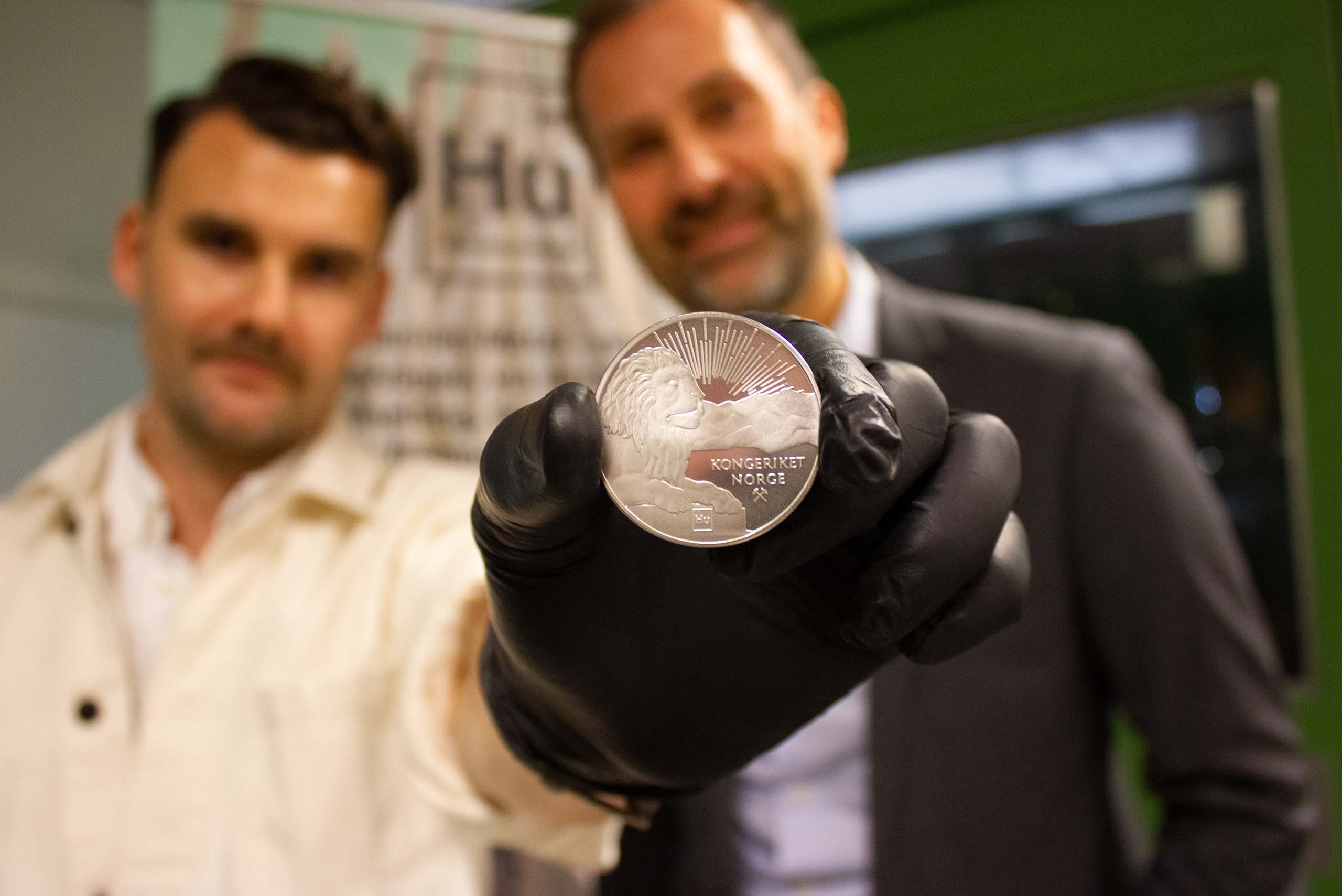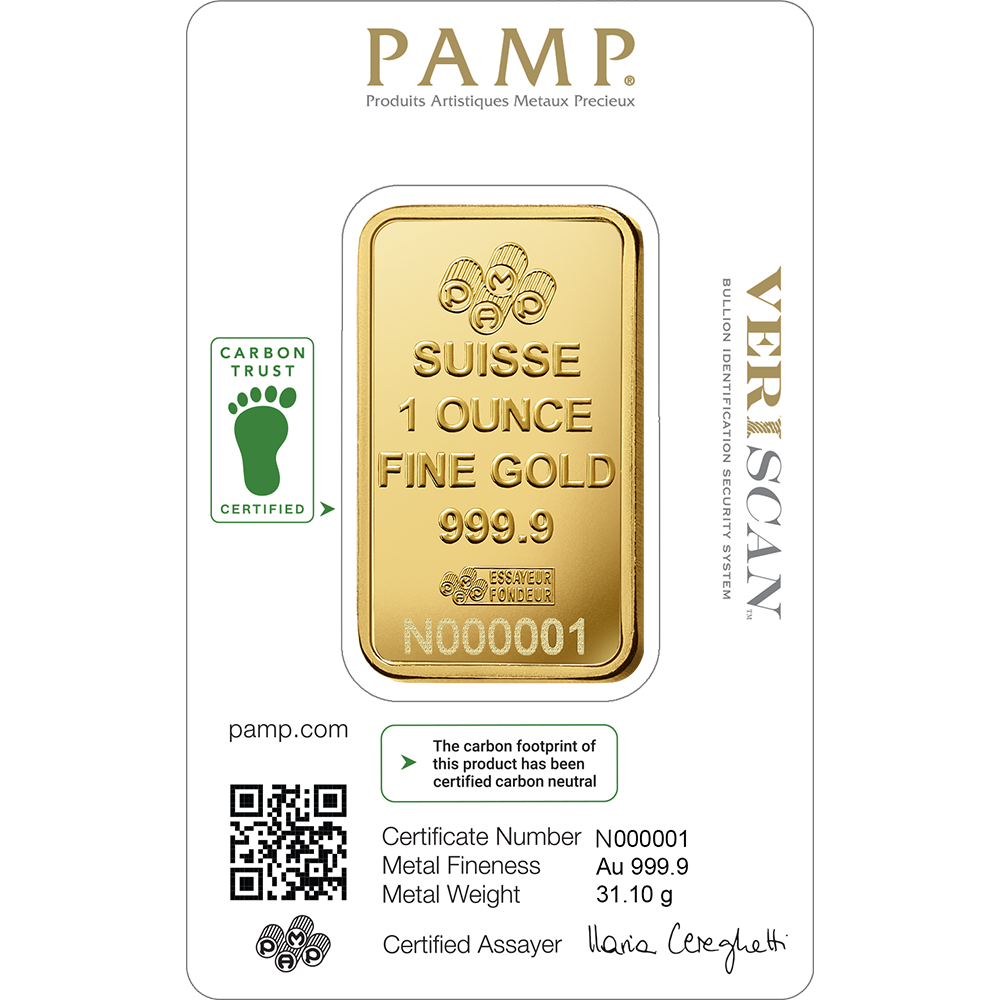



Back in December, Coin & Mint News posed the question ‘how important is ethical sourcing?’, highlighting a few organisations that are considering the sourcing of their metals and looking at ways to make the process more transparent and sustainable.
These companies are not the only ones involved in this sector, and below are a couple more examples of those moving towards a more fully traceable and transparent sourcing of metals in the minting industry.
This initiative stands out mostly due to what Humanium comprises – namely metal from melted down illegal weapons seized from areas of conflict. As of the end of last year, the company has turned roughly 12,000 illegal firearms into what they call peace metal. The income generated from the metal – which is used to make items such as watches, jewellery, pens, numismatic coins and works of art – is then re-invested into communities affected by gun violence.
Established in November 2016 by the Swedish non-profit organisation IM Swedish Development Partner, the company aims to ‘break the vicious cycle of violence and poverty’ and works towards ending the illegal firearms trade.
In November 2021, the world’s first medal made from Humanium was produced by European coin company Samlerhuset and the Norwegian Mint. The medal commemorated the 200th anniversary of the Norwegian flag, with mintage limited to 5,000 numbered pieces. Each medal was embossed with a special ‘Hu’ symbol, intended as a guarantee of it containing Humanium Metal. According to the company, some technical development was required to finalise and produce the medal as Humanium Metal is a more solid material – largely iron – than those generally used to mint coins and medals.
 © Humanium Metal.
© Humanium Metal.Samlerhuset and the Norwegian Mint have since produced additional medals comprised of the metal, with several plated with Fairmined gold.
For further information about Humanium Metal, visit humanium-metal.com.
Earlier this year, precious metals products and services provider MKS Pamp achieved a carbon neutral certification for its PAMP 1oz Lady Fortuna minted gold bar. This marked the first minted gold ingot certified as Carbon Neutral by the Carbon Trust, although the company has been working with the Trust since 2021 on its most commercial gold products.
The design of the Lady Fortuna bar remains unchanged, but the carbon neutral certification can be seen on its assay card packaging, which features the Carbon Trust’s footprint label.
 © MKS Pamp.
© MKS Pamp.To offset the outstanding GHG emissions of the gold bar, the company selected a 100 MV solar power project based in Bhadla village in the state of Rajasthan, India. The project is expected to prevent an estimated 146,086 tCO2e of GHG emissions per year, displacing 154,179 MWh of electricity a year that would normally be generated by fossil fuel power plants that supply the Indian grid.
According to MKS Pamp’s Head of ESG and Philanthropy, Tamara Jomaa-Shakarchi, the certification ‘allows for greater awareness of GHG emissions throughout the value chain… [and] sets the standards for environmental consciousness’.